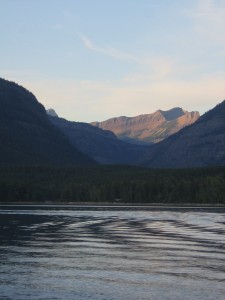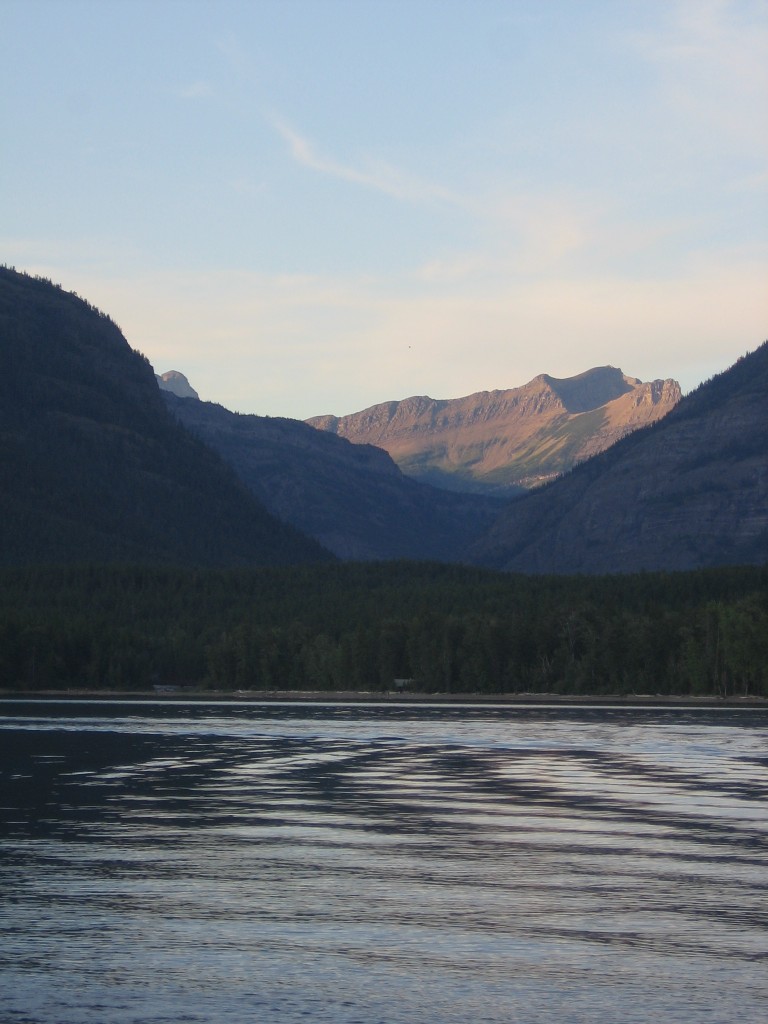
Large landscapes. Living Landscapes. Cultural Landscapes – what a difference a few words can make! Earlier this month, a pair of well-received sessions at the National Trust for Historic Preservation Annual Meeting in Spokane, Washington highlighted the challenges associated with defining these terms. The two back-to-back panels, which both tackled landscape scale issues, drew very different responses from the audience – a testament to how exciting, yet also contested, these ideas remain.
The first session Indigenous Cultural Landscapes: New Ideas on Place presented work underway in the Chesapeake Bay Watershed that has redefined landscapes from the perspectives and lifestyles of pre-contact Native peoples. The goal of this expanded definition is to better interpret the place of American Indians on the land. It also draws on Indigenous knowledge systems to strengthen conservation practice by adding a cultural perspective to areas already significant for their ecological resources and water protecting capacity.
Deanna Beacham, an American Indian Program Manager with the National Park Service, started the panel’s conversation on how the concept of the Indigenous Cultural Landscape has been used to enrich the Chesapeake Bay region’s understanding of place. Lisa Hayes from Accokeek Foundation followed next, illustrating how the concept is being applied to better understand the homeland of the Piscataway in Maryland. Stephanie Toothman, Associate Director with the National Park Service, discussed the need to examine how the NPS uses the idea of cultural landscapes, especially in contexts where knowledge systems and values may or may not overlap.
For the next 45 minutes, attendees discussed and debated the meaning of this broader approach to cultural landscapes. The dialogue was quite rich and an overwhelming majority of attendees reported back on evaluations that this helped make the session one of their favorites at the conference. At the time and in the post session write-ups, a number of folks asked for more specifics on how this idea would impact the resources they care about and the work they do on the ground. Yet, others pushed back against this idea, noting that law and/or regulation is often used as a way to limit or contain the possibilities of new approaches. Hands flew in the air. What would mean it for the National Register criteria, as we know it today? How could it possibly work with the section 106 process? Who speaks for Indigenous peoples? Does it have any applicability in the western United States? Many were inspired as one person said, it presented “ the idea of a cultural landscape not as a static thing… it is a continuing discourse between the past, present and potential for the future.”
The afternoon session on Conservation on a Grand Scale: The Large Landscape Approach had a very different dynamic – maybe it was the after lunch time slot or the room which was a bit cavernous. The second panel featured Mark Preiss, the manager of Eby’s Landing National Preserve, and Shawn Johnson, who coordinates the work of the Crown of the Continent Roundtable. They presented complex work that crosses jurisdictional boundaries and integrates private and public lands to achieve a partnerships approach to land and water conservation and natural resource management. Both panelists talked from a large landscape perspective and emphasized the importance of integrating culture and nature values.
However, despite the scale of these large landscape efforts and the inclusion of cultural resources as key components, no challenging questions were raised about how these resources were identified or defined. The largely positive post session reviews expressed no uncertainty about how it would impact the field of historic preservation. What if the session was titled Cultural Landscape Conservation on a Grand Scale? Would the conversation have taken a different turn? Perhaps the emphasis on an ecosystem approach, stretching across multiple states, proved a bit unfamiliar to National Trust conference attendees, whose work tends to focus on smaller areas or sites. Perhaps not, but whatever the reason, the two sessions produced markedly different responses among participants.
For a fuller description of the session and speakers see link to the National Trust Conference Program in Spokane WA for Friday Nov 1, 2012



